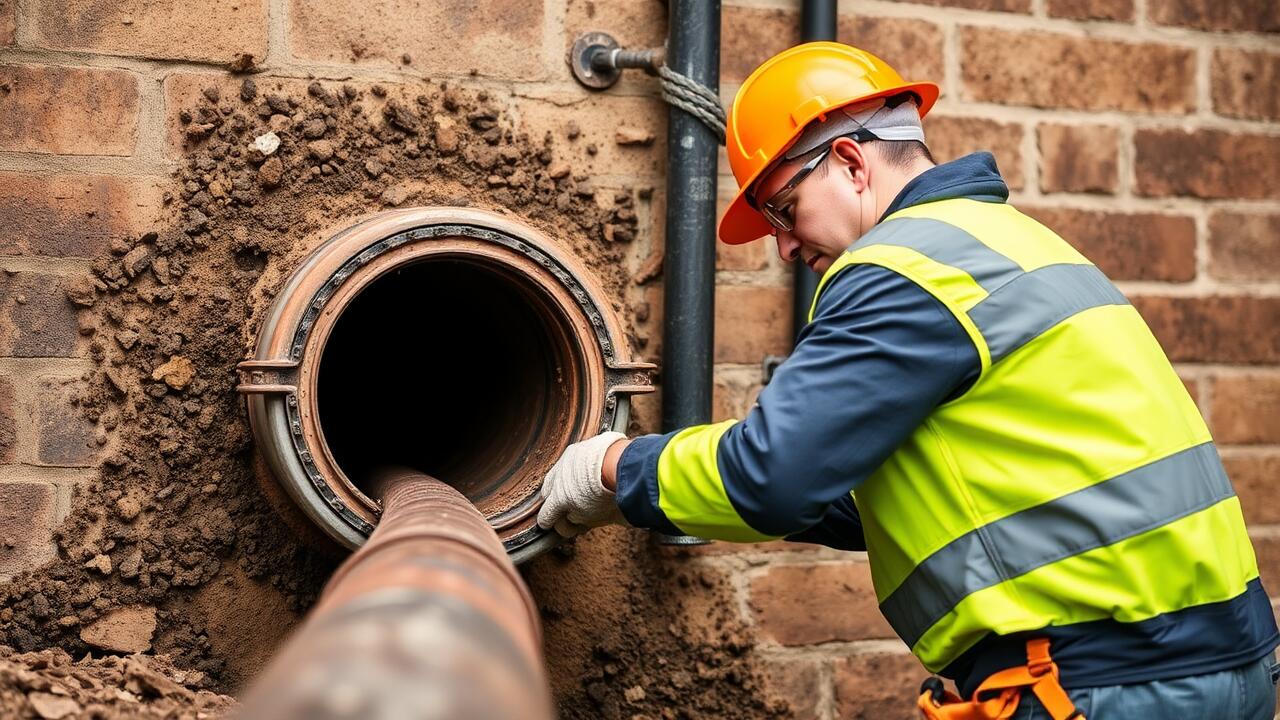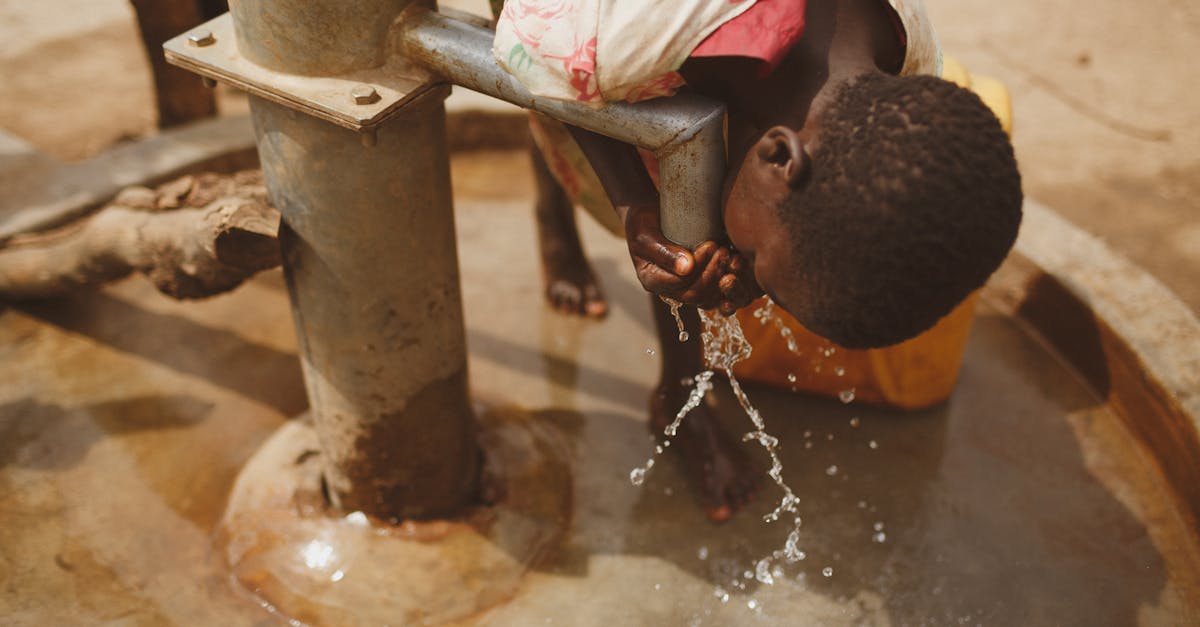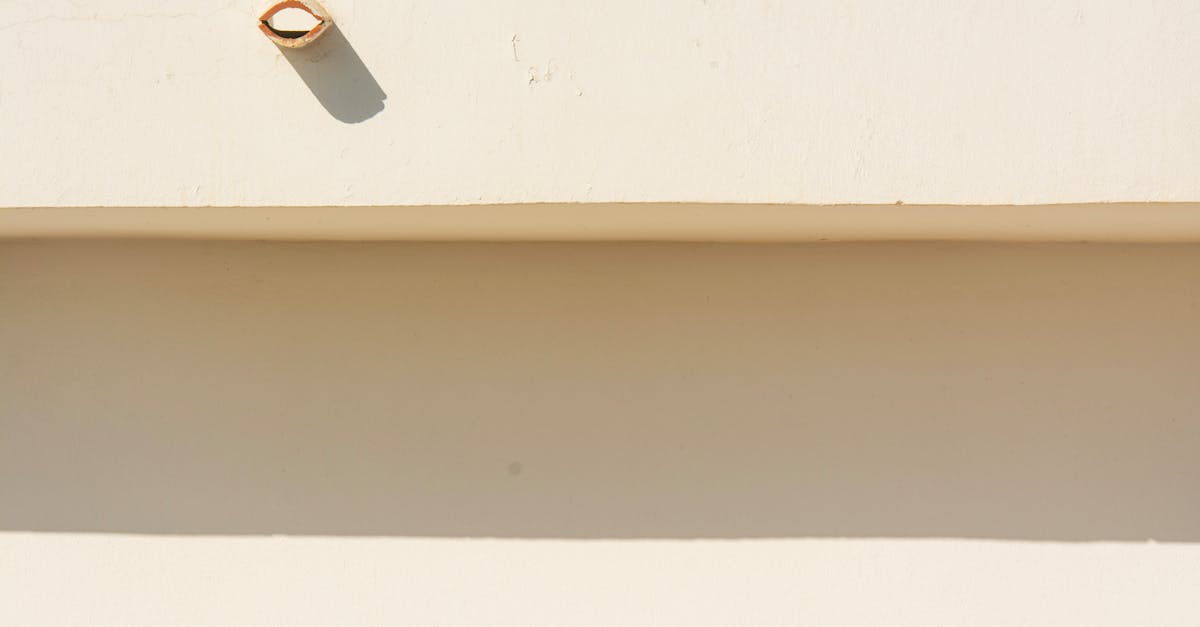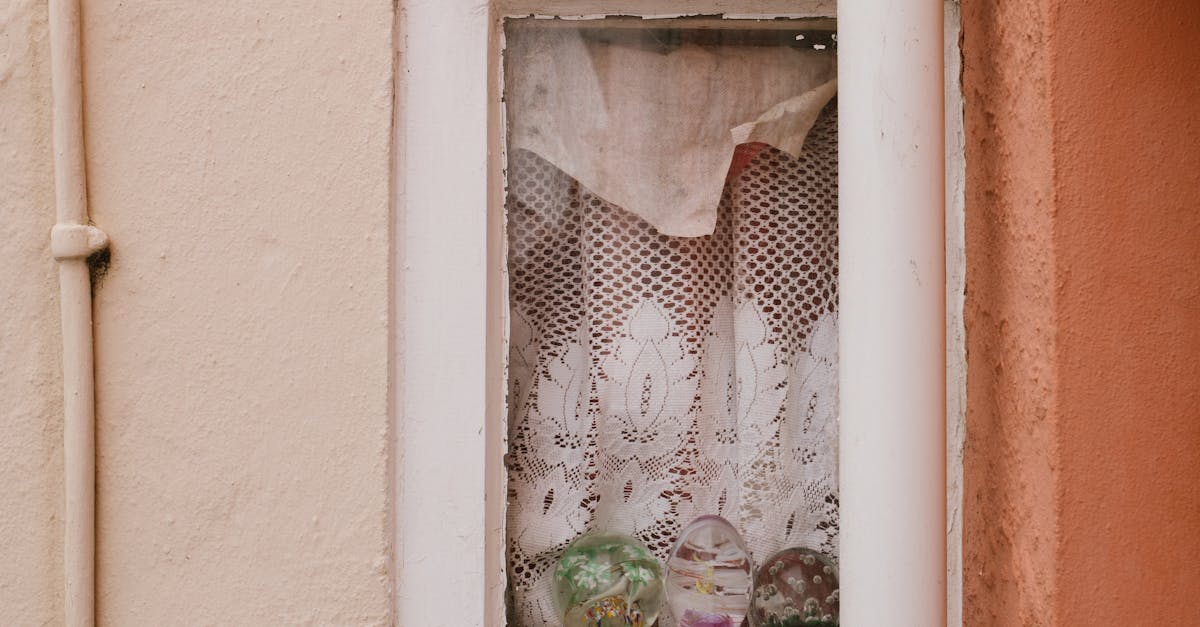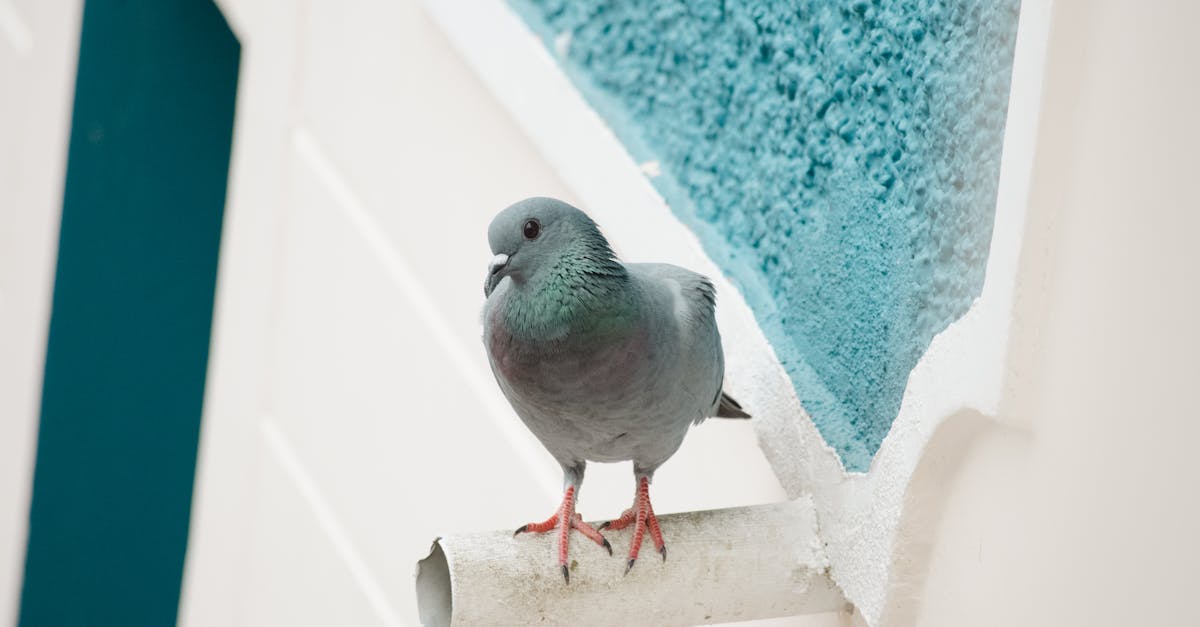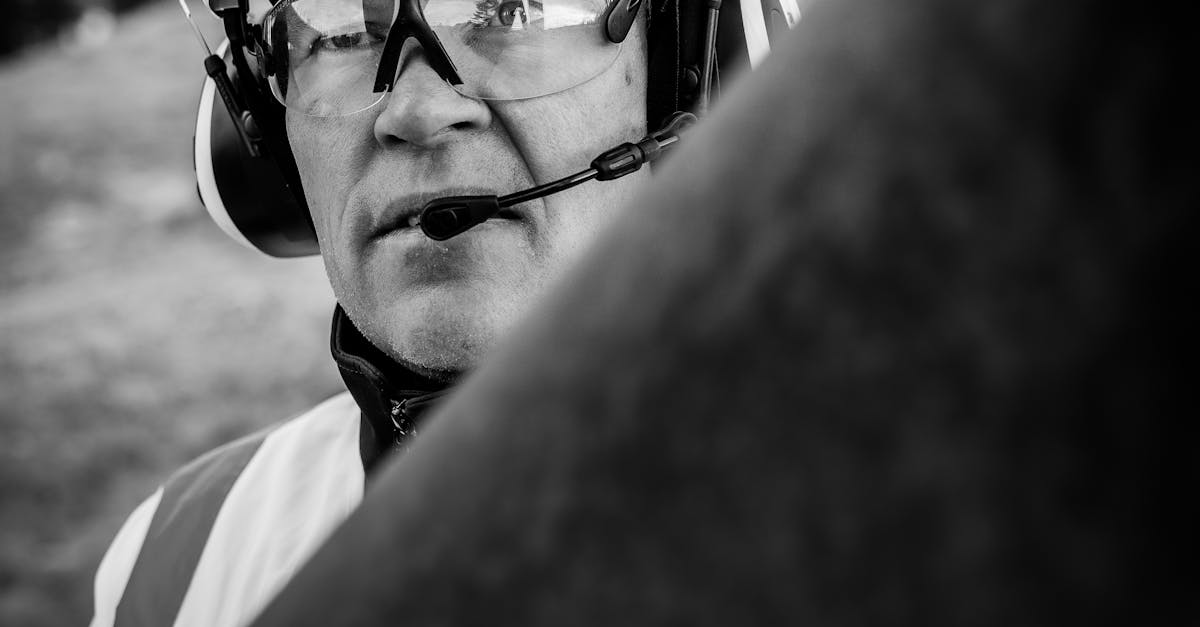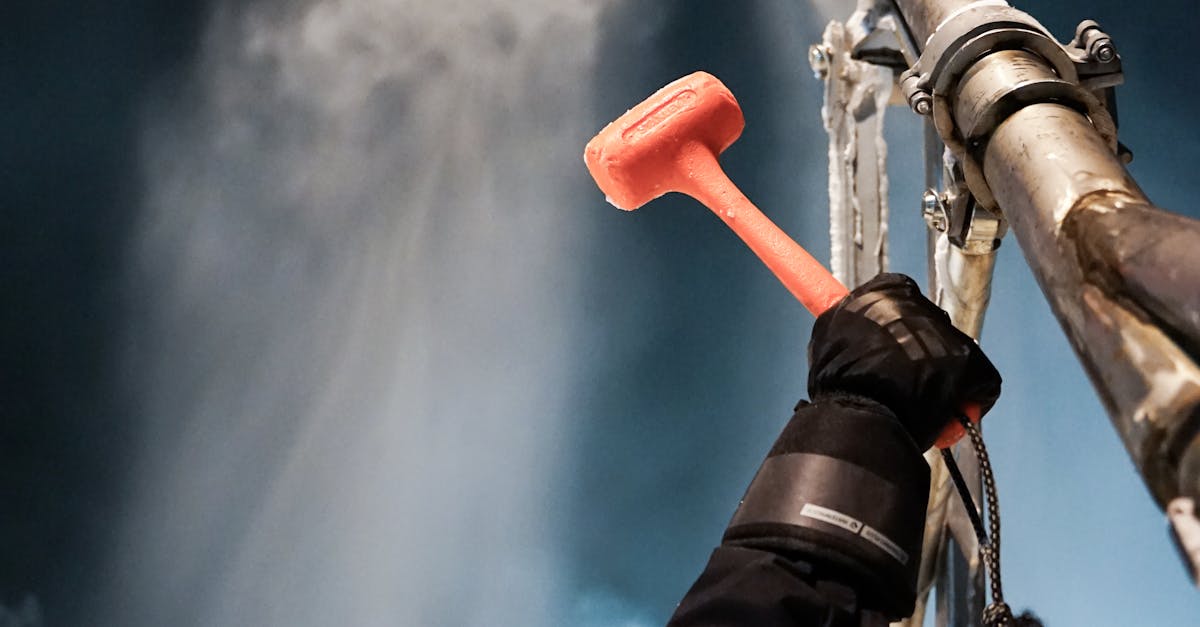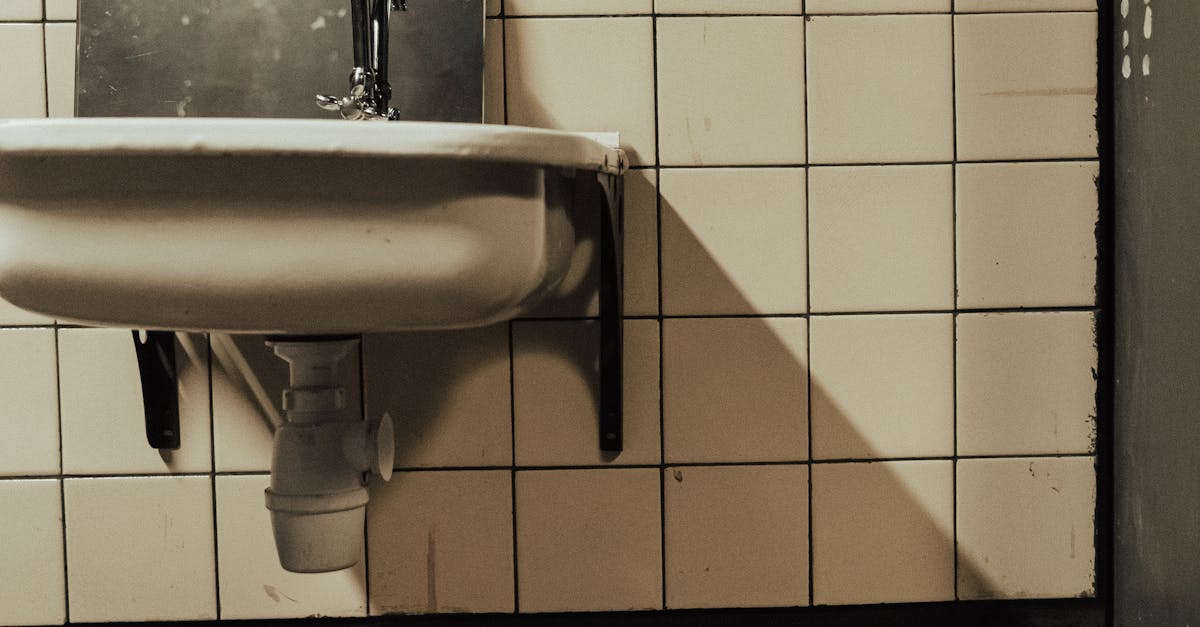
Table Of Contents
Material Durability
The durability of materials used in pipe relining is a significant factor influencing the effectiveness of this repair method. Many relining products are made from materials such as epoxy and polyester, which are designed to withstand chemical corrosion and varying climate conditions. These materials can offer a longer lifespan compared to traditional piping; however, their durability may not always match that of the original pipes. Over time, factors such as tree root intrusion or extreme ground movement can compromise the integrity of the relined pipe.
Another concern is how the relining materials perform under different conditions. While pipe relining can provide a robust solution in many scenarios, extreme environmental stresses may lead to unforeseen weaknesses. Some relined pipes may not handle additional pressures or chemical exposures well, causing them to delaminate or crack. Understanding the limitations of relining materials is crucial for homeowners and businesses considering this option.
Longevity of Relining Materials
The longevity of relining materials used in pipe relining can vary significantly depending on the type of resin and the installation conditions. Some materials may offer a lifespan of over 50 years, while others may degrade more quickly under certain environmental conditions. Factors such as temperature fluctuations, chemical exposure, and the presence of tree roots can impact the durability of the relined pipes. It is essential to select high-quality materials designed for specific applications to ensure optimal performance over the long term.
Maintenance and monitoring of relined pipes will influence their longevity as well. While pipe relining can renew old piping systems, neglecting regular inspections might lead to unforeseen issues. Identifying and addressing problems early can help prolong the lifespan of the relined pipe. Property owners should remain vigilant about potential signs of failure, such as leaks or changes in drainage patterns, to ensure the continued effectiveness of their pipe relining solution.
Not Suitable for All Types of Damage
Pipe relining offers an innovative solution for many common plumbing issues, but it is not a universal remedy. Certain types of damage may render this technique ineffective. For instance, severe structural issues such as large cracks or extensive fractures might require traditional excavation methods to properly restore functionality. Pipe relining works best on relatively minor issues, where the pipe’s integrity is still intact.
Incompatible damage may also refer to instances where multiple damages occur along the same stretch of pipe. If blockages or breaks are widespread, relying solely on pipe relining could lead to future problems. The material used in this process may not bond effectively with irregularly shaped or heavily corroded pipes, resulting in compromised repairs. Understanding the limitations of pipe relining is essential for ensuring long-term effectiveness in plumbing maintenance.
Types of Pipe Damage That Are Incompatible
Certain types of pipe damage render the pipe relining process ineffective. For instance, if there are significant structural issues such as severe collapses or extensive cracks, relining may not restore the pipe's integrity. In cases where the pipe has completely collapsed, relining cannot be applied as there is no existing pipe structure to work with. This limitation makes it crucial to assess the specific condition of the pipes before proceeding with any relining options.
Additionally, pipe relining is not recommended for pipes that are heavily infiltrated with roots or other intrusions. If tree roots have penetrated the pipe to a significant extent, they often must be physically removed before relining can take place. Without this preparation, the newly installed lining might not bond properly, leading to further issues down the line. Therefore, understanding the condition and type of damage present is essential for determining whether pipe relining is a viable solution.
Disruption to Surroundings
Pipe relining can often lead to disruption in the surrounding environment, particularly in urban areas where infrastructure is tightly packed. The process involves access points being created in the ground for insertion of the relining material, which can result in temporary obstruction of pathways and roads. This disruption can inconvenience residents and businesses in the vicinity.
Furthermore, the machinery used during pipe relining projects can create noise and generate vibrations, potentially affecting nearby buildings and utilities. The impact on local ecosystems should also be considered, particularly if the method requires excavation or any alteration to the landscape. While pipe relining is a less invasive alternative compared to traditional excavation methods, it still poses risks to the immediate surroundings.
Impact on Nearby Infrastructure
Pipe relining, while an effective solution for many plumbing issues, can lead to unintended consequences for surrounding infrastructure. The process involves inserting a liner into existing pipes, which may lead to changes in pressure and flow dynamics. This can potentially strain adjacent pipelines or drainage systems, especially if they are old or already compromised. Such stress can result in additional leaks or breaks in the nearby infrastructure, ultimately causing further maintenance and repair challenges.
Another concern is the impact on surface structures such as roads, sidewalks, or landscaping. During the relining process, access to the pipes beneath these surfaces is often required, which may involve some excavation. Even if minimal disruption is intended, vibrations and movement during the relining can affect the structural integrity of nearby buildings or installations. Residents and businesses in the vicinity might experience temporary inconveniences, which can escalate if unforeseen damages occur during the relining operation.
FAQS
What is pipe relining?
Pipe relining is a trenchless method of repairing damaged pipelines by inserting a flexible liner coated with resin into the existing pipe, which then hardens to create a new, durable inner surface.
What are the main disadvantages of pipe relining?
The main disadvantages of pipe relining include the durability of materials used, its unsuitability for certain types of pipe damage, and potential disruption to surrounding infrastructure during the installation process.
How long do relining materials typically last?
The longevity of relining materials can vary, but most high-quality relined pipes are expected to last between 50 to 100 years, depending on environmental conditions and maintenance.
Are there specific types of pipe damage where relining is not effective?
Yes, pipe relining is not suitable for pipes that are severely crushed, collapsed, or have extensive damage that compromises structural integrity, as well as cases of tree root infiltration or significant blockages.
Can pipe relining cause disruption to my property?
While pipe relining is less disruptive than traditional excavation methods, there can still be some impact on nearby infrastructure, including temporary access restrictions and potential damage to landscaping during the process.
